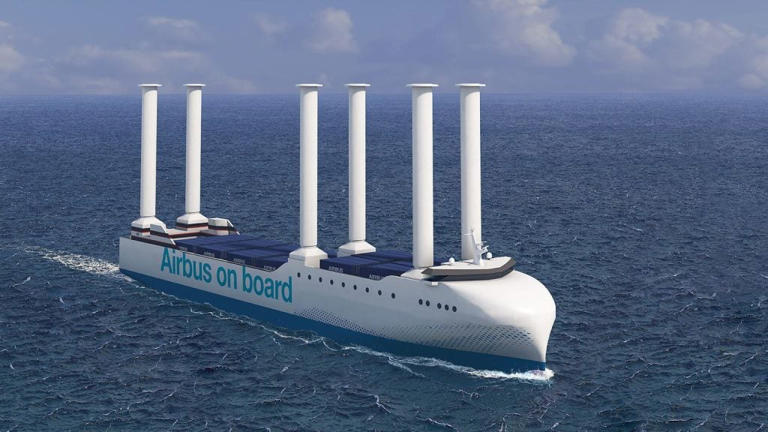Photosynthetic bacteria can also used to create power for electricity.
The traditional method to use bacteria as an energy source is to use them to make methane. Engineers will put that bacteria in the reaction chamber. The bacteria form the methane in anaerobic conditions. And then. The system can transport that gas to fuel cells or turbines. The problem is that carbon must removed from methane.
The photosynthetic bacteria send their bioluminescence light to solar panels, and they can create biologically created electricity. Genetic engineering makes it possible to create luminance bacteria that can create quite bright light. In those systems, the bacteria cultures are covered using solar panels or photovoltaic cells.
There is also the possibility of making genetically engineered bacteria. They are connected with electric eel's genomes, and those bacteria can create very high-power electricity. The biological batteries can connected into parallel or serial connections.
************************************************************************
Above: Those bacteria could also create electricity for that network. That requires genetic engineering. But the solution could be a good tool for emission-free energy systems.
https://www.nessling.fi/en/new-sustainable-materials-for-green-electricity-production-from-photosynthetic-bacteria/
************************************************************************
One of the problems with green energy is that the single systems cannot create enough power. There are needed hybrid systems. That can deliver energy in calm weather and cloudy days. And at night time. One company in the USA introduced an idea about a hybrid power plant with a miniature nuclear reactor and solar panels. The hybrid system can also use all types of green energy sources like geothermal heat, solar panels, wind power, or water and wave plants. In those solutions, miniature nuclear reactors can used in situations. There the green energy power is not enough to replace electricity use.
Green energy can also used in reactor's backup systems. The miniature nuclear reactors are interesting because they offer non-centralized solutions for energy production. In crisis, non-centralized, network-based power supply is harder to destroy than centralized solutions.
Dumping money into one solution is not good. The mountain areas are suitable for hybrid solutions, where wind energy and solar power are combined. In some visions, the water tubes that transport water can also be equipped with small rotors that can recycle part of energy.
The solution is to use all kinds of clean energy sources. Miniature nuclear systems are the things that can create electricity for villages, ships, trains, and aircraft. The hybrid system is connected an solar power with miniature nuclear reactors that can used in space systems. The solar wings or long solar panels can offer a platform for the reactor's cooling systems. The nuclear reactor can offer energy when that system requires high-power energy systems. And that system can used in killer satellites. There is suspicion that Russians plan the nuclear-powered space system that can destroy other satellites using EMP impulses.
The next-generation LNG can create hydrogen, oxygen, and chlorine with sodium while they travel through the sea.
One of the solutions that might interest is the rotor sails or Fletner rotors. Airbus plans to create rotor ships that use this type of rotor to create electric power. The Flettner rotors can transport their electricity straight to the engines. Or they can release the energy into the electrolytic chambers. In that system, the Flettner rotors create electricity that breaks water molecules.
The fact is that. In some futuristic models, the Flettner rotors or some other rotors can be in underwater positions. If there are rotors in the ocean floor those systems can create hydrogen oxygen, chlorine, and sodium from the seawater. In that model, those rotors can be similar to wind generators. In that case, those rotors can benefit ocean currents and underwater flow for making green energy.
Then the system transports hydrogen into the turbines. And fuel cells or they can transport that gas to the customers to the ground. In some theoretical innovations, the Flettner ships can travel through the ocean and fill their tanks with hydrogen, oxygen chlorine, and sodium. Then at the harbor, those ships can deliver those materials to the customers. The electrolytic systems can also separate lithium from seawater.
The Flettner rotors can also operate on fixed platforms. In those systems, the Flettner rotors create electricity that creates hydrogen and oxygen in gas pipes. If those Flettner platforms turn into reality, they can create hydrogen on the same scale as natural gas produced from offshore oil rigs.
https://chemistry-europe.onlinelibrary.wiley.com/doi/10.1002/celc.201900997
https://futurism.com/the-byte/russia-nuclear-spacecraft-attacks-energy
https://futurism.com/the-byte/russia-space-nuke-destroy-orbit-satellites
https://www.iaea.org/publications/15098/nuclear-renewable-hybrid-energy-systems
https://journals.sagepub.com/doi/full/10.2968/065006007
https://www.msn.com/en-us/money/companies/norsepower-to-provide-rotor-sails-for-lda-and-airbus-s-new-fleet/ar-BB1ierAf
https://www.neimagazine.com/news/newsus-companies-collaborate-on-small-fast-reactor-technology-5763171
https://www.nessling.fi/en/new-sustainable-materials-for-green-electricity-production-from-photosynthetic-bacteria/
https://www.world-nuclear.org/information-library/nuclear-fuel-cycle/nuclear-power-reactors/small-nuclear-power-reactors.aspx
https://en.wikipedia.org/wiki/Flettner_rotor
https://en.wikipedia.org/wiki/Rotor_ship
https://en.wikipedia.org/wiki/Small_modular_reactor
https://learningmachines9.wordpress.com/2024/02/21/the-new-green-energy-solutions/








No comments:
Post a Comment
Note: Only a member of this blog may post a comment.